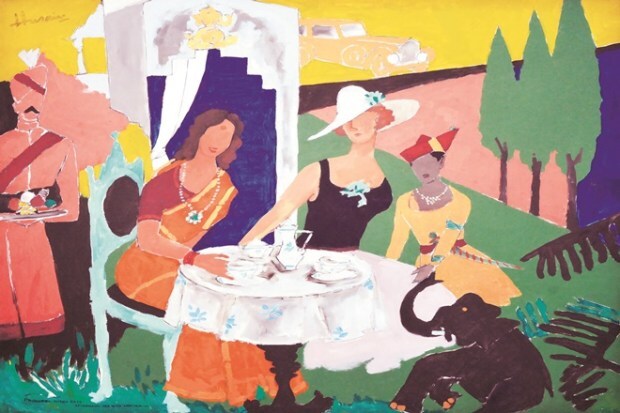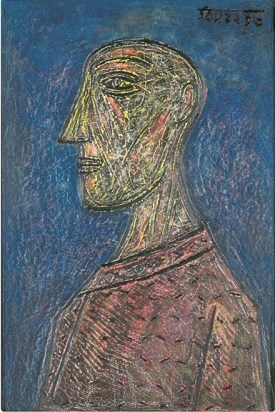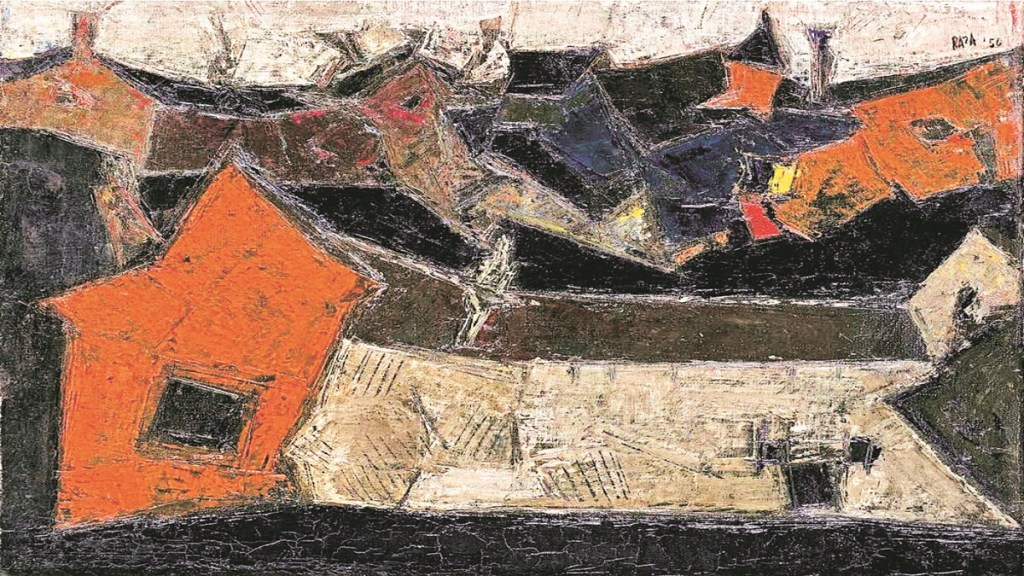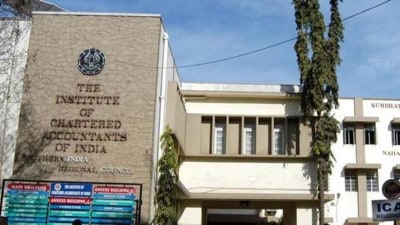By Ankur Biplav
In the mid-20th century, a revolutionary art movement emerged in Mumbai, known as the Bombay Progressive Artists’ Group. Comprising a diverse collective of talented artists, the group played a pivotal role in shaping the course of modern Indian art, challenging traditional norms and exploring new artistic expressions.
Formed in December 1947, shortly after India gained independence, the founding members of the group included stalwarts of Indian art such as MF Husain, Sayed Haider Raza, Francis Newton Souza, Krishnaji Howlaji Ara, Sadanand K Bakre and Hari Ambadas Gade. The group aimed to break away from the established academic traditions prevalent at the time and sought to create a distinctive visual language that reflected the realities of a newly independent India.
The paintings of these great artists are on view in an exhibition titled Luminous Legacy, organised by Raza Foundation in collaboration with the Progressive Art Gallery (PAG) at the Triveni Kala Sangam in the national capital. The exhibition features rare works from the early years of these six painters, while they experimented to forge their distinct styles and to achieve maturity.

Geeti Sen, art historian and curator of the exhibition, says, “The six who came together to form the group included Hindus, two Muslims and one Christian. Despite dramatic differences in their backgrounds and temperament, they were building on this climate of thought to create a secular and free India.”
The artists of the group were heavily influenced by various modern art movements from around the world, including Cubism, Expressionism and Post-Impressionism. They sought to blend these international influences with a uniquely Indian perspective, drawing inspiration from Indian folk art, mythology and socio-political issues.
Sen further talks about the time when these six artists had held their first exhibition in 1949, just after India gained independence. “Many who lived through those critical years might have felt the sense of apprehension in the forging of a new destiny. It was inevitable that this mood and the idealism would affect the artists as well,” she adds.
Harsh Vardhan Singh, director of PAG, says that the exhibition not only aims to pay tribute to these artists but is also a testament to the enduring power of art. “The exhibition has come together after months of meticulous planning and curation,” he adds.
All of them were geniuses, says Sen. “You will never find such a group where each one is great in his own way,” she says, adding: “Husain’s vision was vast, with figures cutting across communities, race and caste. Ara was part of Gandhi’s march during the Salt Satyagraha in 1930s. Souza will be remembered for his depictions of the female figure.”

Ashok Vajpeyi, managing trustee of the Raza Foundation, feels that this is the best time to hold the exhibition and celebrate the artists as India recently commemorated 75 years of Independence. “The PAG had a plural vision of art. It accommodated different styles, idioms, art practice and aesthetic approaches. However, it pitched itself against the dominant academism of the colonial ethos and the sentimental harp back to India’s past,” adds Vajpeyi.
Talking about the art scene evolving over time in India, Singh believes that when it comes to the art market, India is still catching up to the global standards. “More and more people should come up. Now, several art galleries are coming up and are spending huge amounts in procuring paintings. More such entities should come up and only then would the Indian art market grow,” he adds.
The artworks created by the Progressive Artists’ Group addressed a range of themes. They explored the complex realities of post-colonial India, social inequality, human emotions and the struggle for individual and national identity.
The exhibition is on at Triveni Kala Sangam, New Delhi, till July 10.









